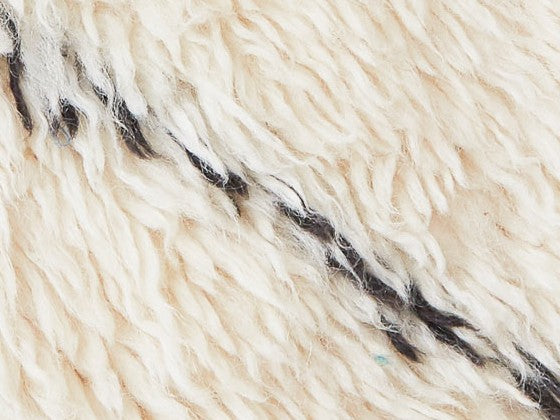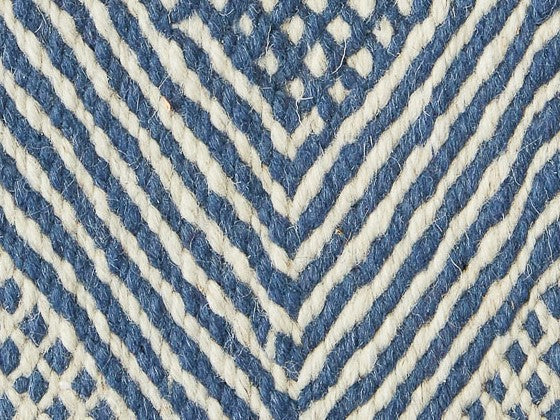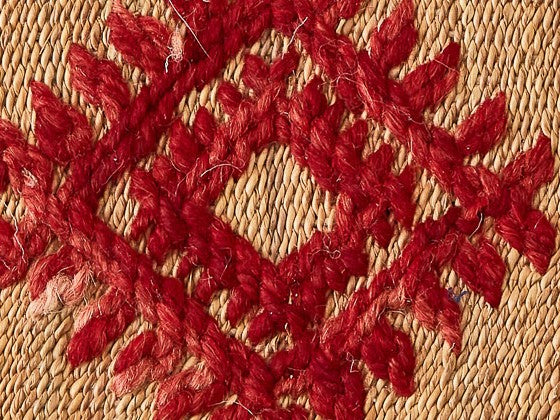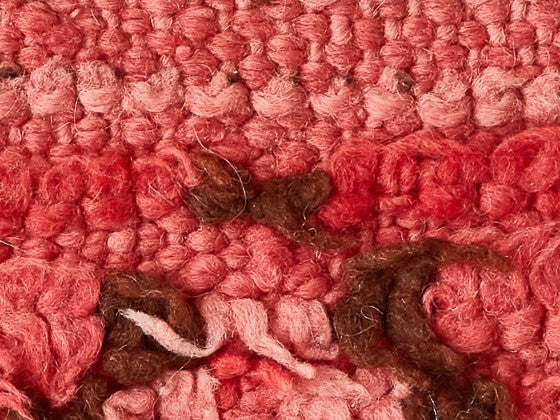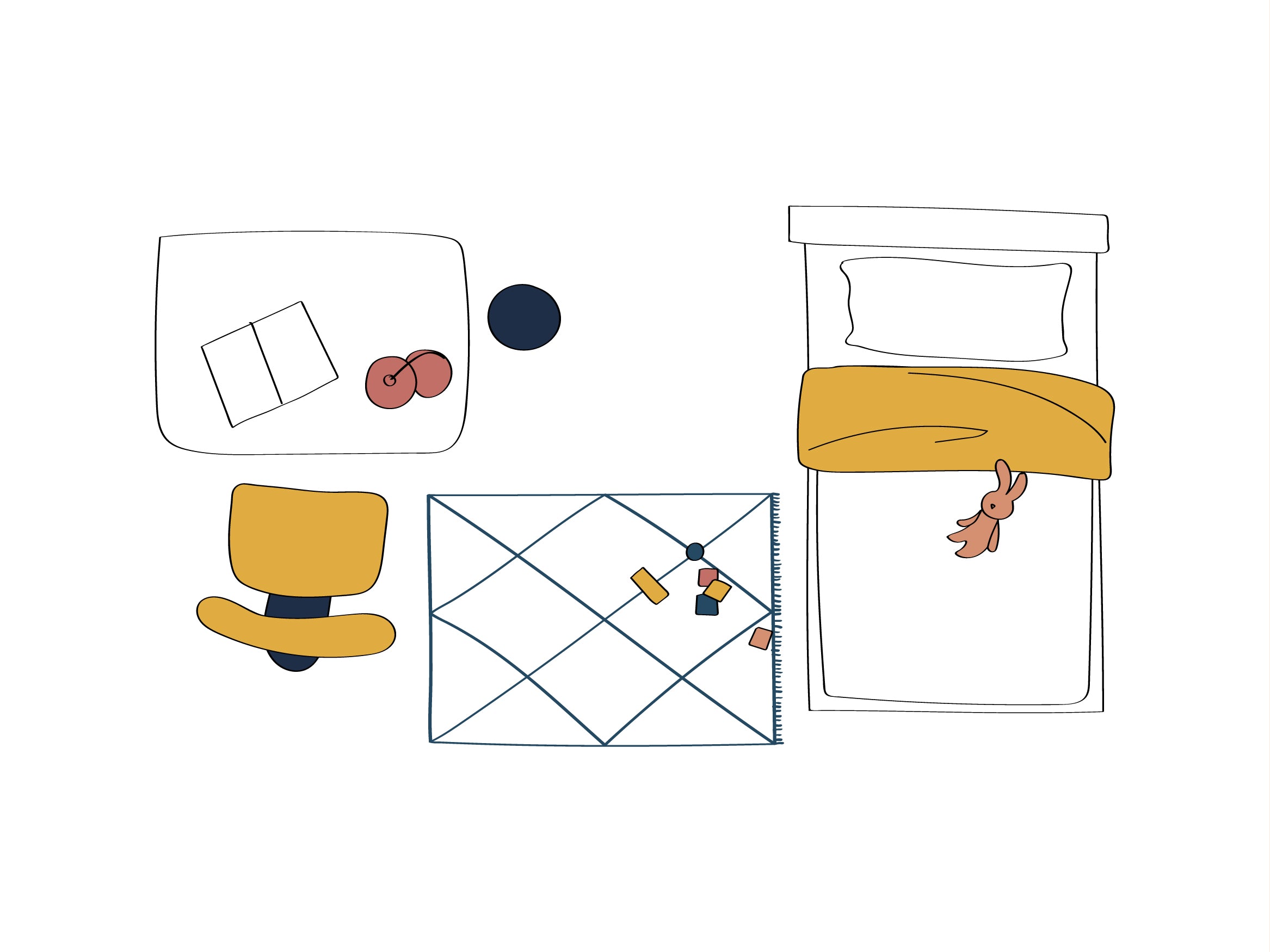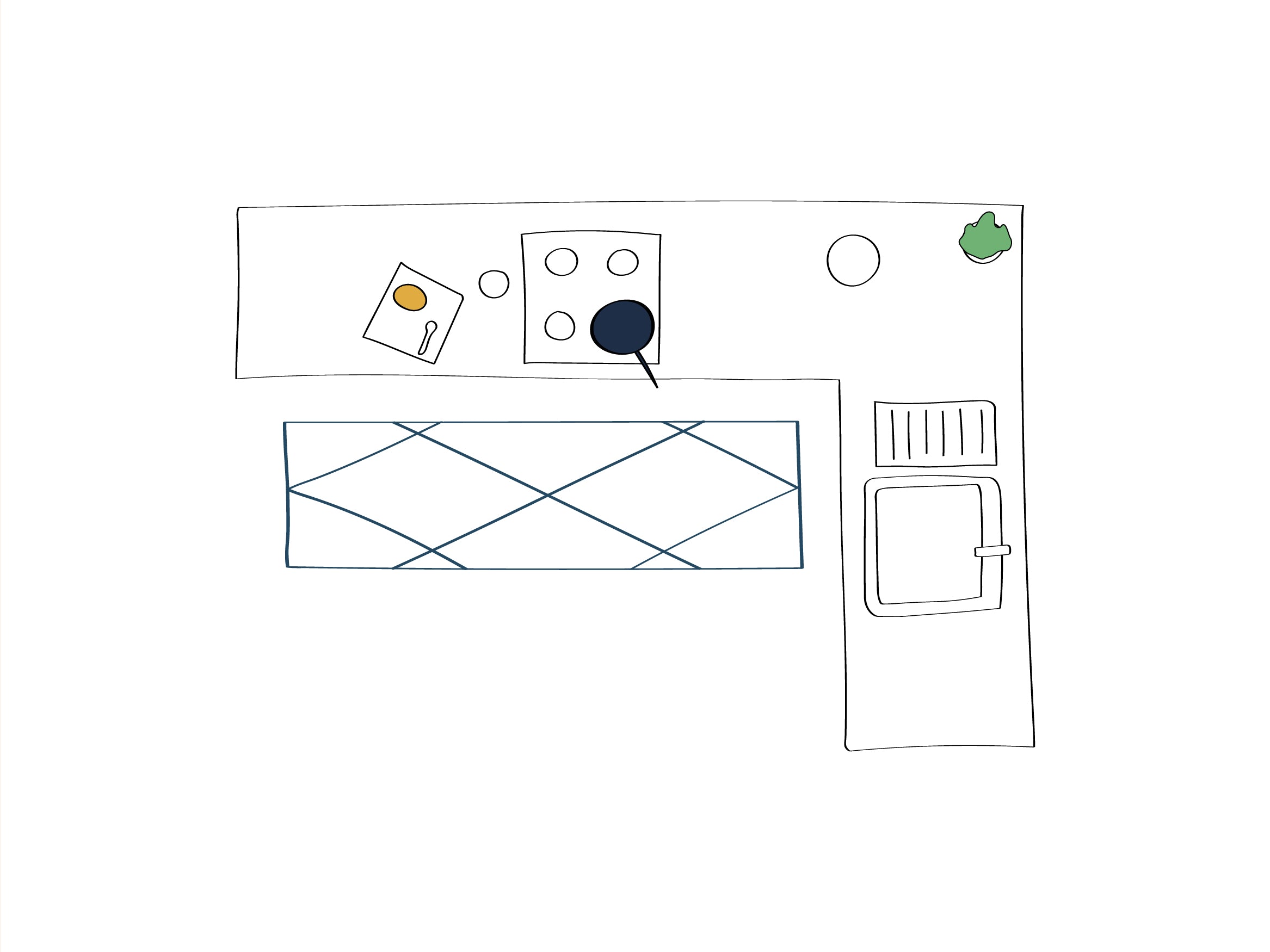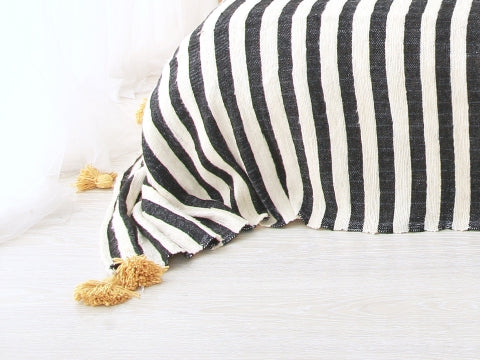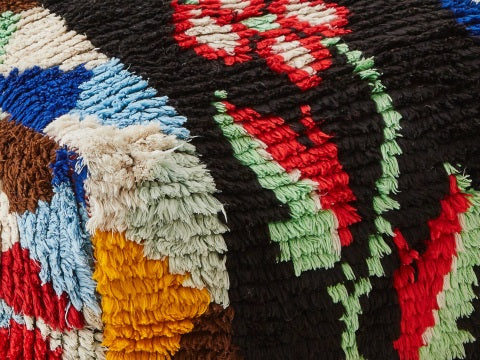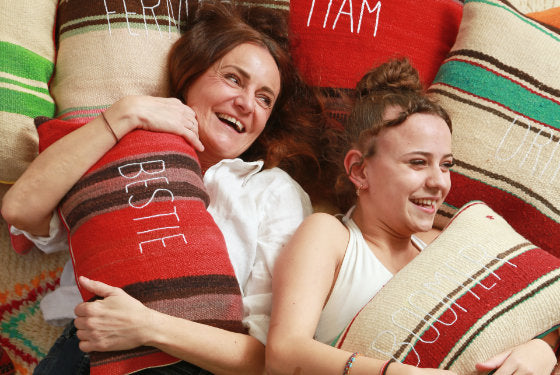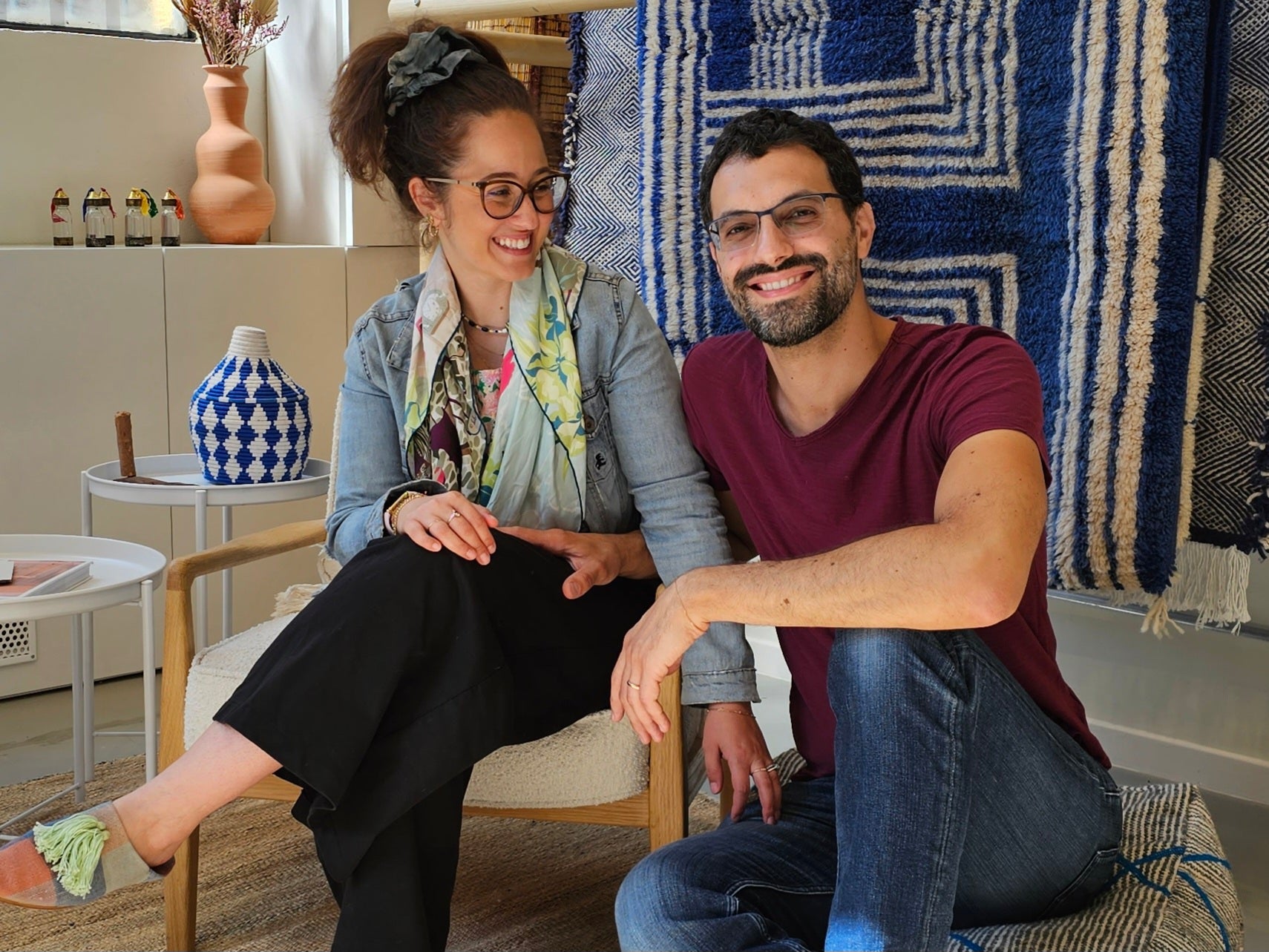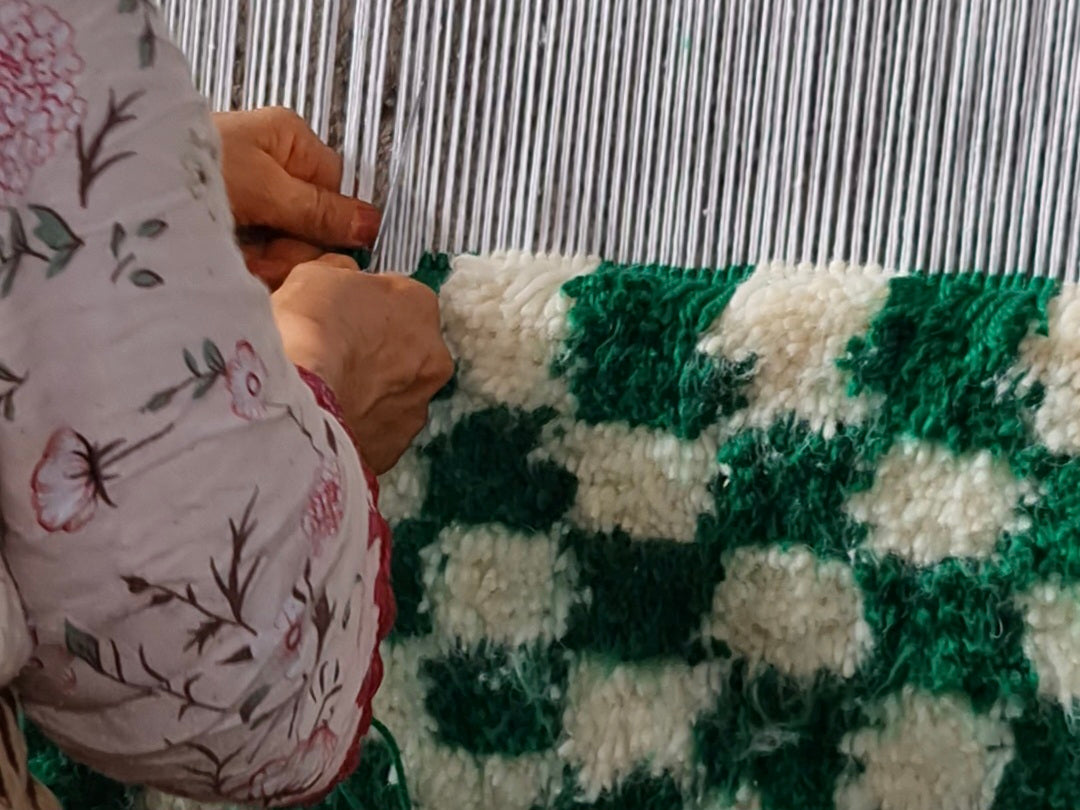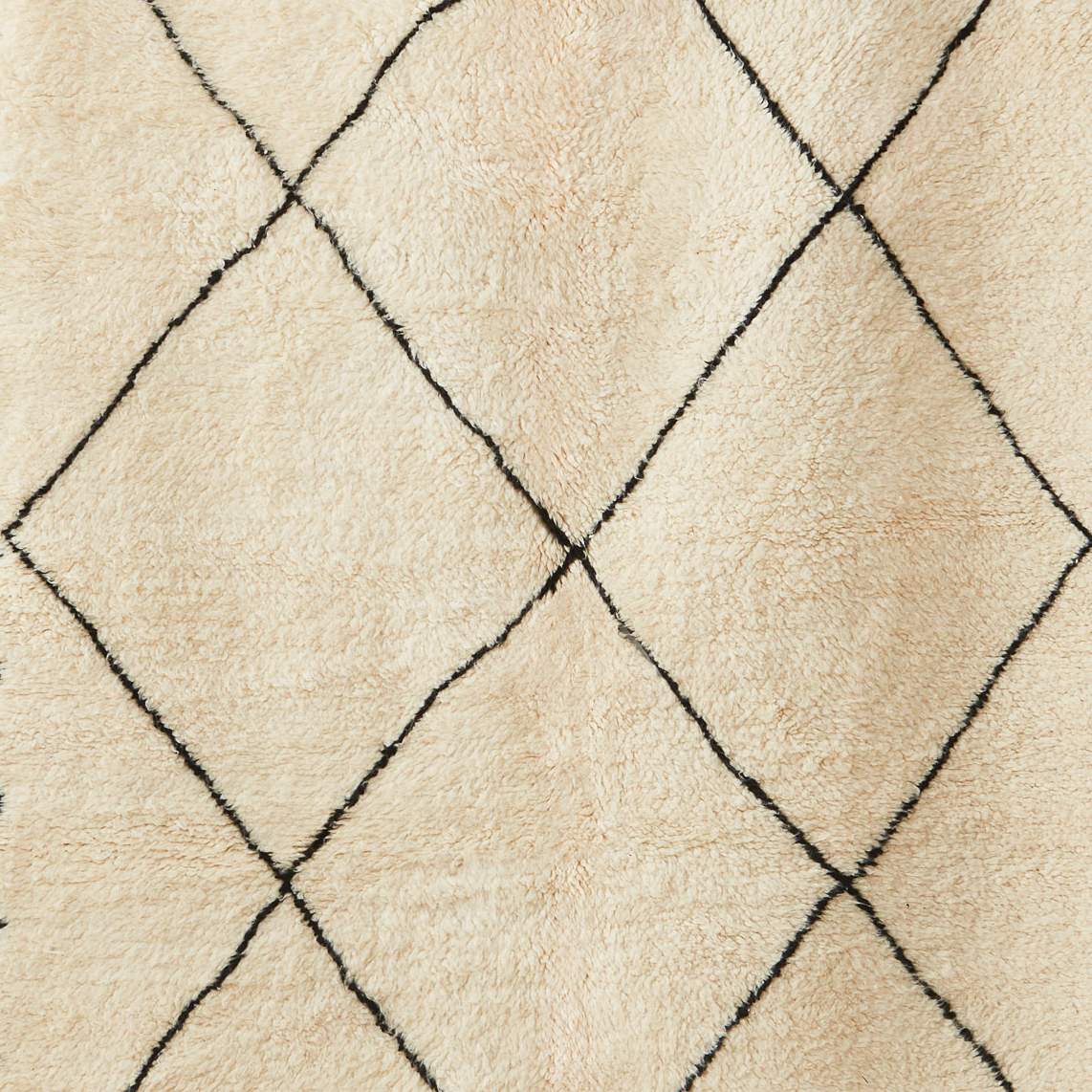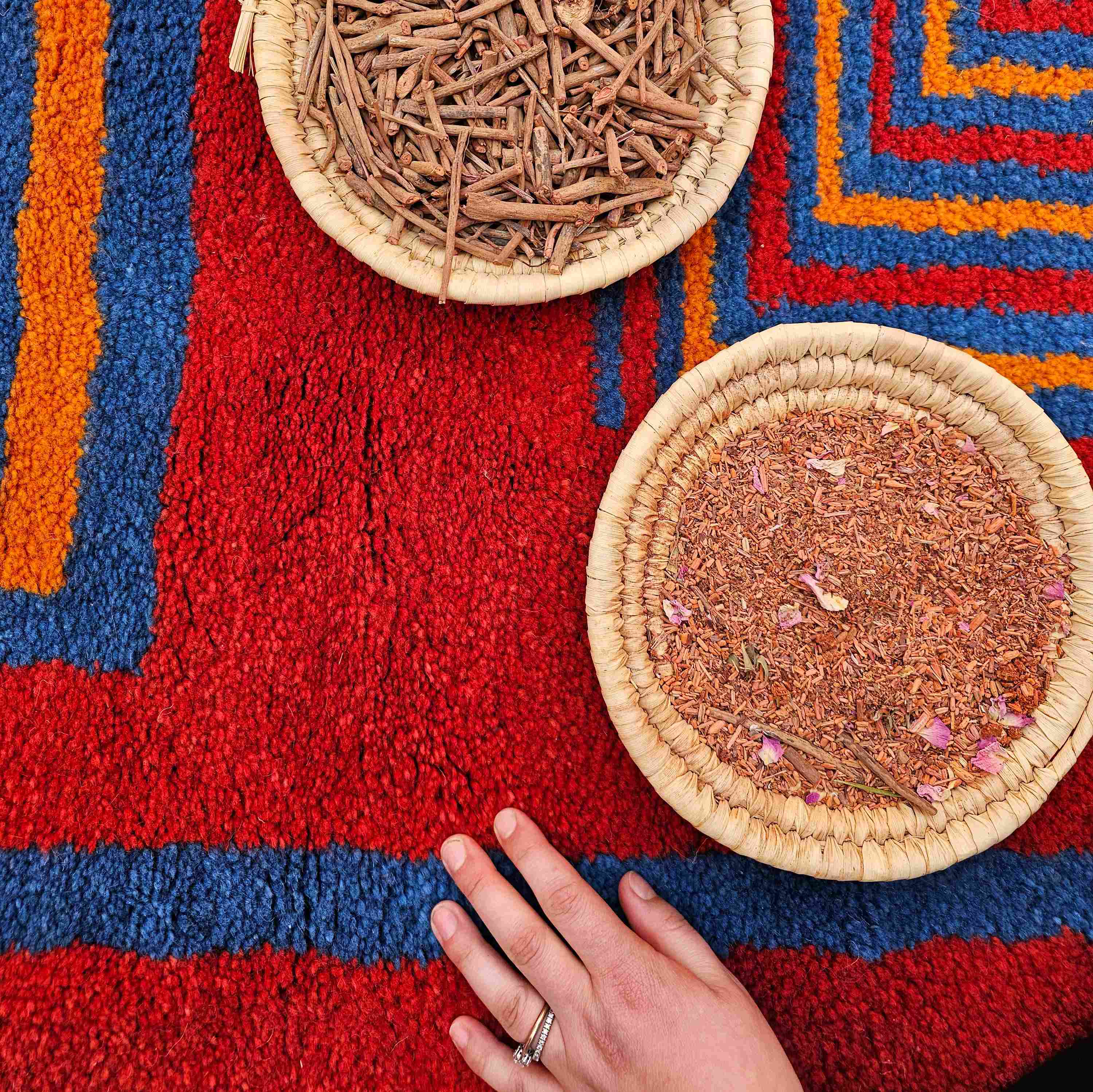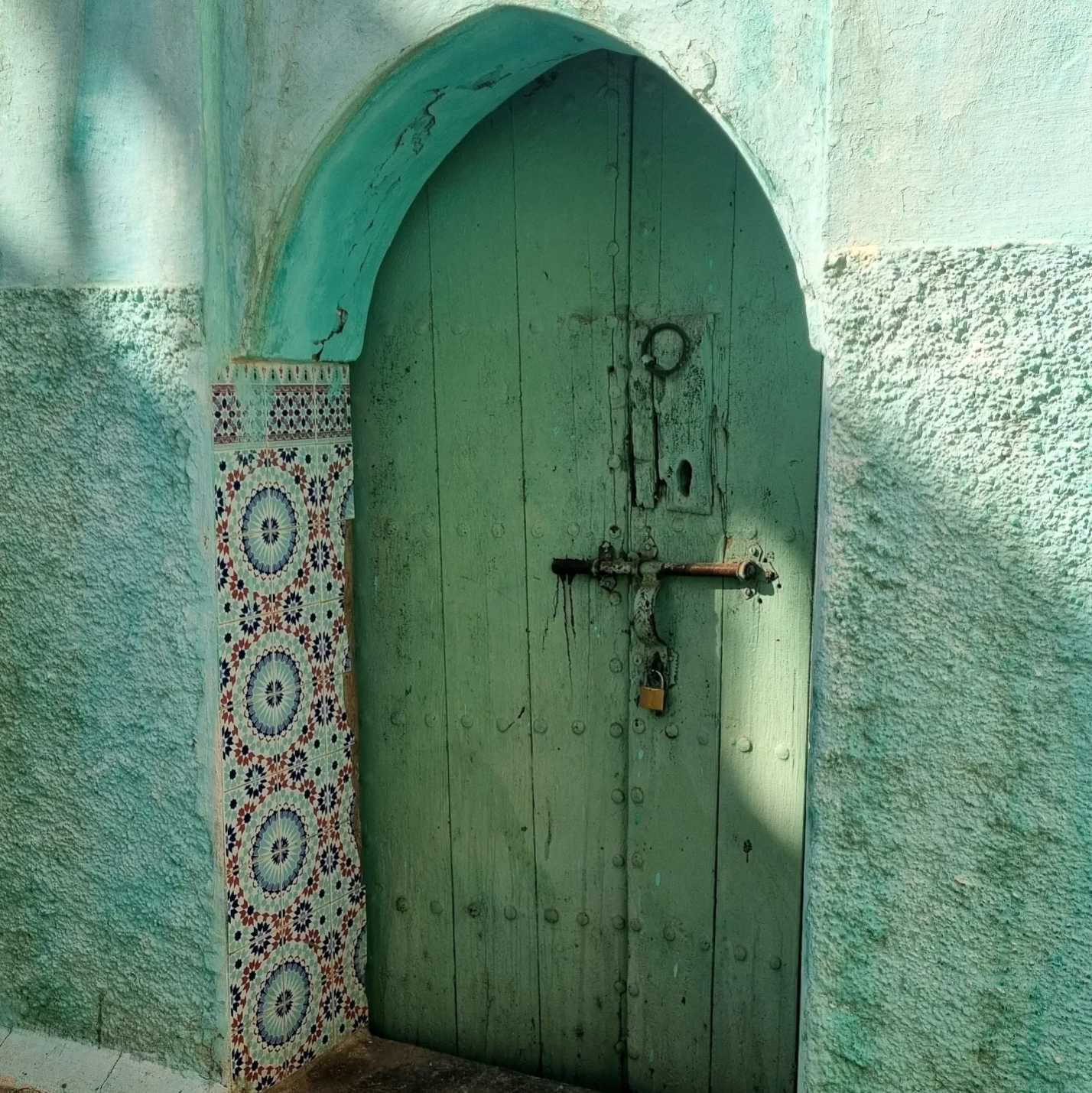Origin and history
The Beni Ourain, also known as Beni Ouarain, are primarily a group of seventeen Amazigh tribes of North Eastern Morocco, in the mountainous region of the Middle Atlas east of the city of Fez.
The Beni Ourain are traditionally pastoralists. And with the thick hair of their sheep, women have been making carpets for centuries (in Morocco the first traces of wool processing date back more than 2000 years ago).
For centuries, carpets were created exclusively for community homes. They were originally used as thermal insulators on floors (in the Middle Atlas, summer is hot and winter is harsh) but also as blankets. Stacked on top of each other, they became comfortable mattresses.
Beni Ourain carpets became world famous in the 20th century, when they conquered the world of art and architecture, far beyond the borders of Morocco: Alvar Aalto, Le Corbusier, Paul Klee and the most famous modernist architects over the years '20s and '30s appreciated them and used them in the spaces they designed.
While the French painter Henri Matisse, master of Fauvism, also famous for his simple and essential forms, was a lover of it. He called them “Les géants blancs” or “The white giants”.
Indeed, Beni Ourain carpets can reach impressive dimensions.
Beni Ourain carpets represent a tradition and culture unique to the Middle Atlas region of Morocco.
How to recognize a Beni Ourain carpet?
Beni Ourain carpets are thick and soft, knotted with a natural sheep's wool, characterized by geometric patterns.
Traditionally, the base of Beni Ourain carpets is white – with all shades from light white, to ivory, to cream. And on this light base that acts as a canvas, dark geometric patterns are drawn, typically rhombuses.
 |
Contemporary Beni Ourain carpets
Today the carpets called Beni Ourain are no longer necessarily woven by artisans exclusively from this tribe. The demand is such that they are also made by Amazigh artisans from other places in Morocco. However, the custom in Morocco is to keep the same name, out of respect for its origins.
The colors of contemporary Beni Ourain rugs can vary and are no longer limited to the shades of undyed wool. The designs also change and become more and more varied. Moroccan craftsmanship is creative and constantly evolving.

|
 |
There are many reasons why Beni Ouarain carpets are so popular all over the world.
They have an ancient history; yet, their style goes wonderfully well with the most modern environments. Their timeless elegance and sobriety make them very versatile, adaptable to every style and every room, from the living room to the bedroom.
But the world fame of Beni Ourain carpets does not only have positive sides. Their distinctive designs continue to be copied. Sold online and in shops under the name "Beni Ourain carpet" or "Berber carpet", the counterfeits are made in Turkish, Chinese and Pakistani factories with materials of significantly lower or even poor quality.
Those who know authentic Beni Ourain carpets know this well: owning a real Beni Ourain carpet, completely handmade with thick and soft virgin wool, is a completely different experience that cannot be replaced by a copy. It means having a unique and refined piece of timeless beauty.

